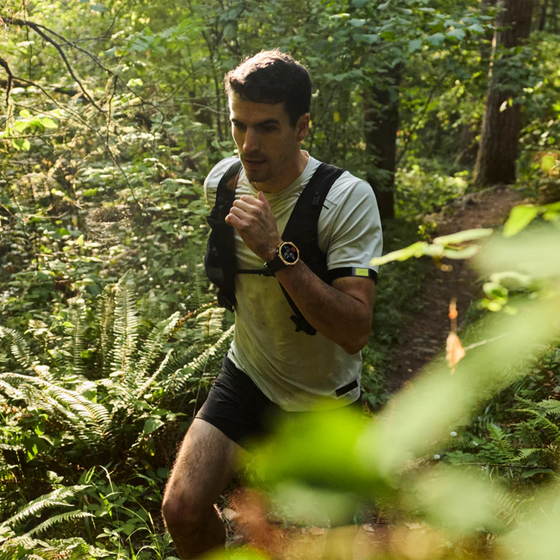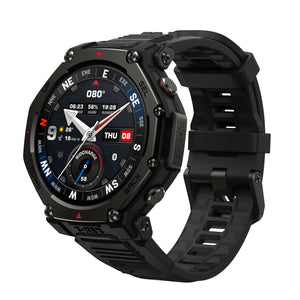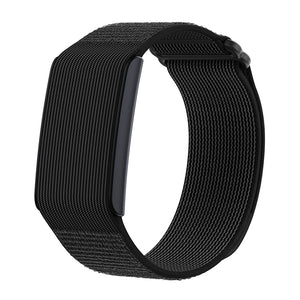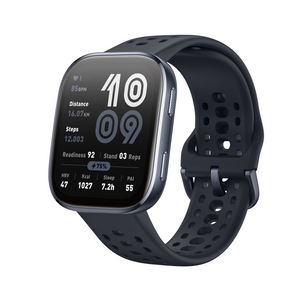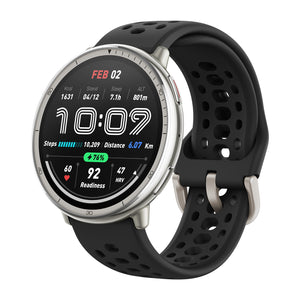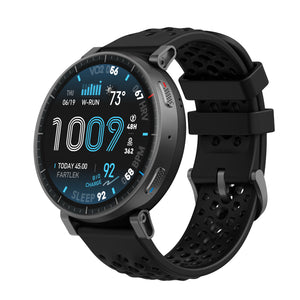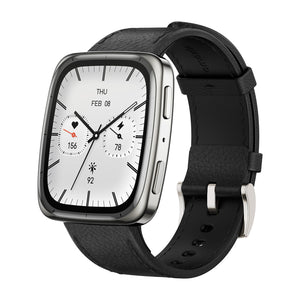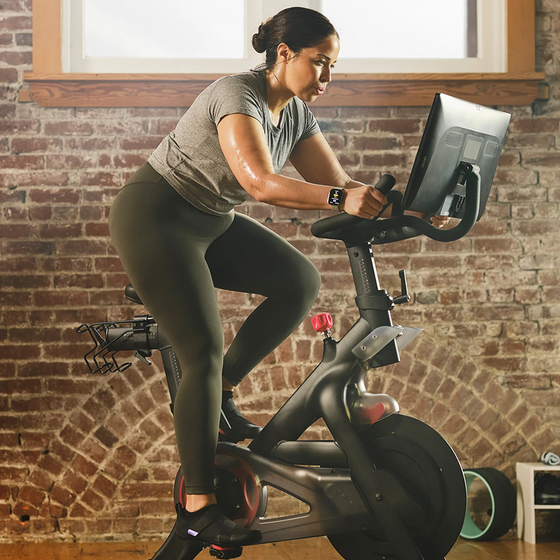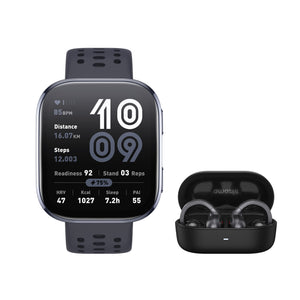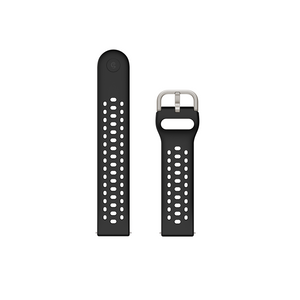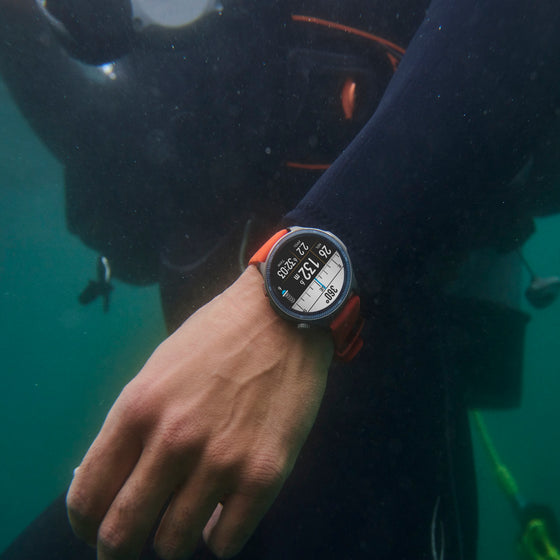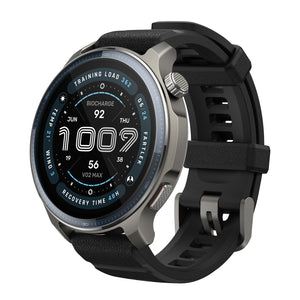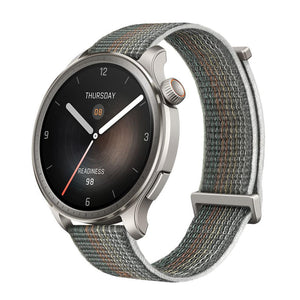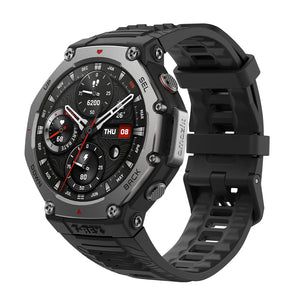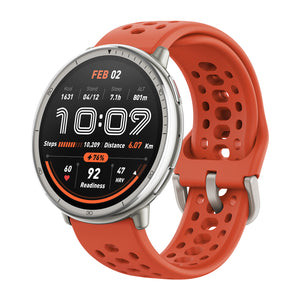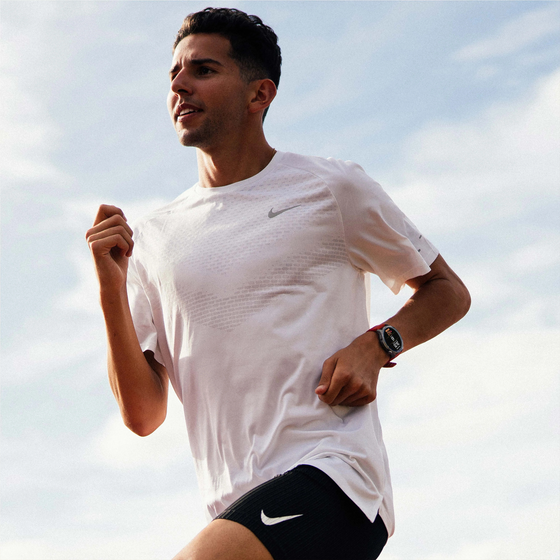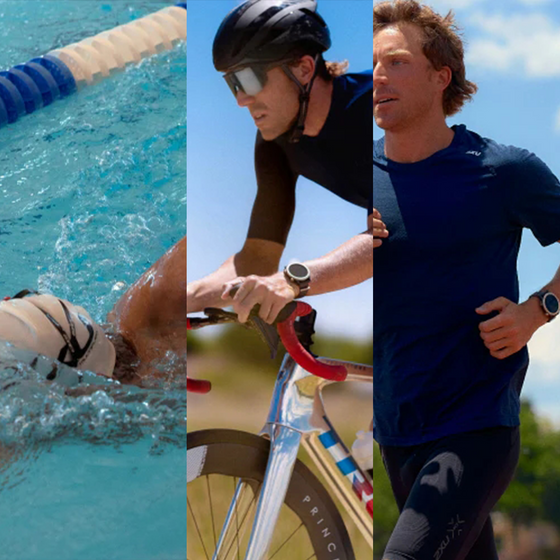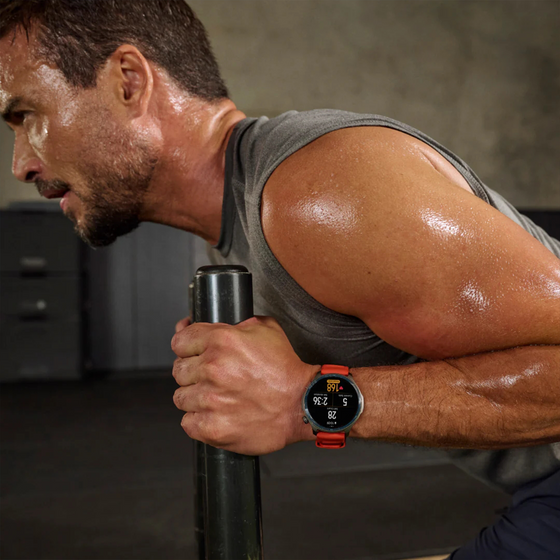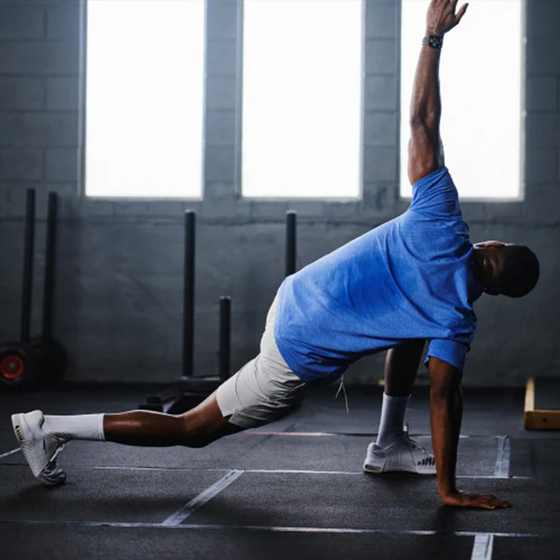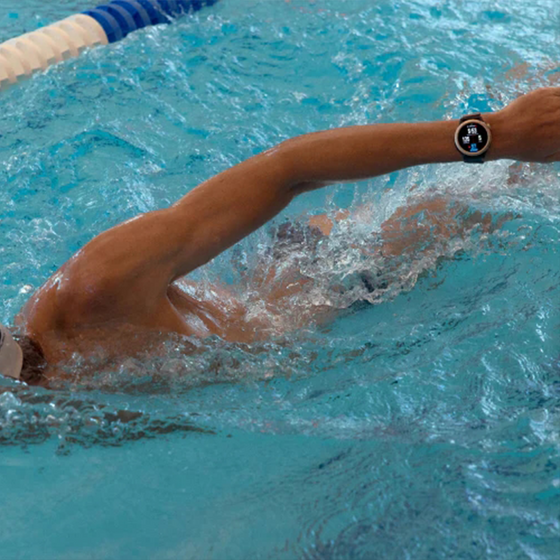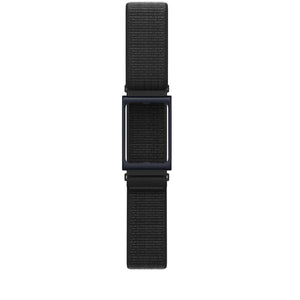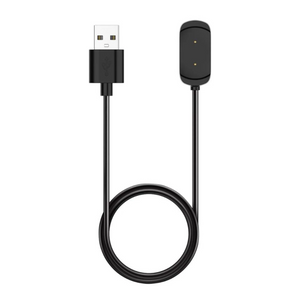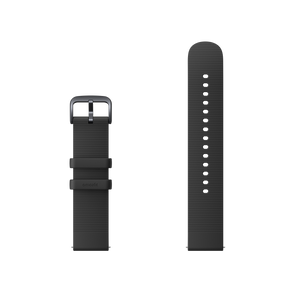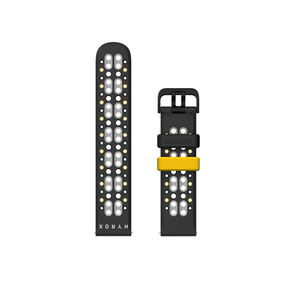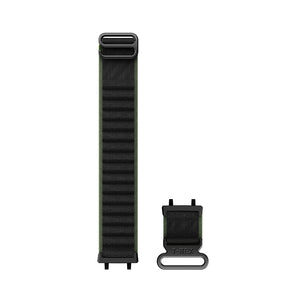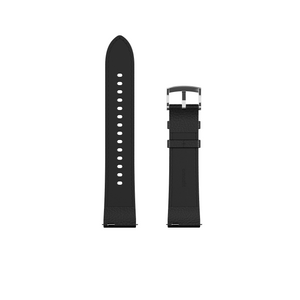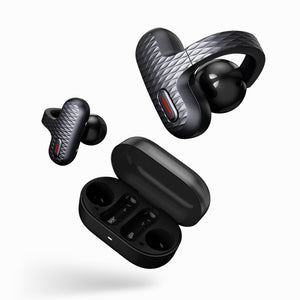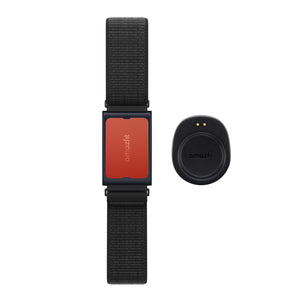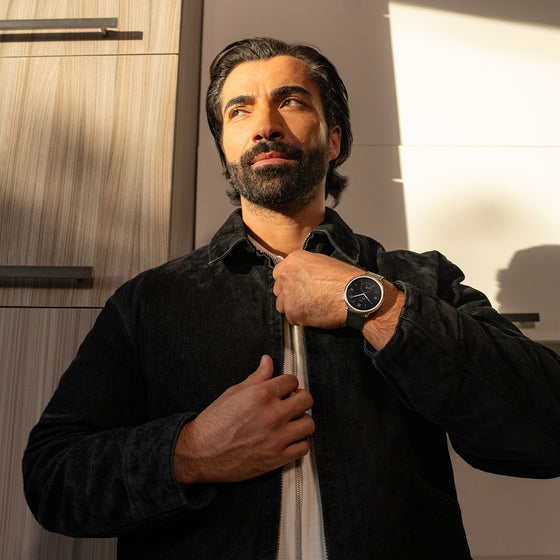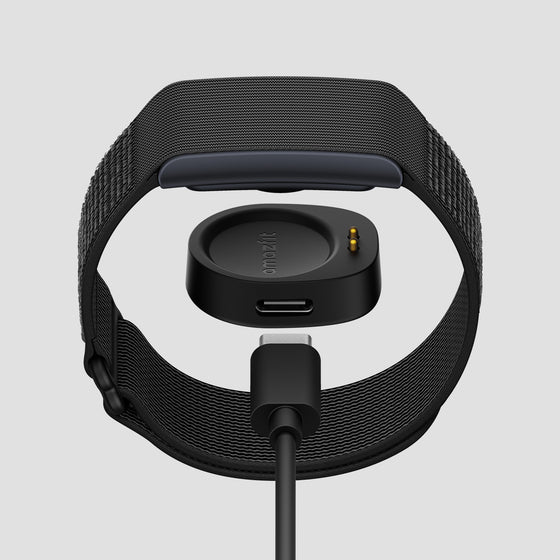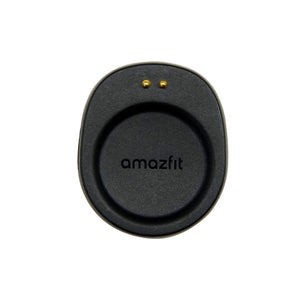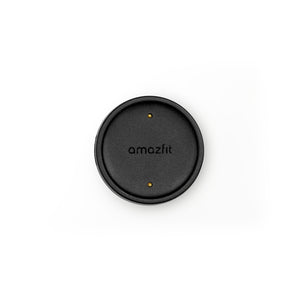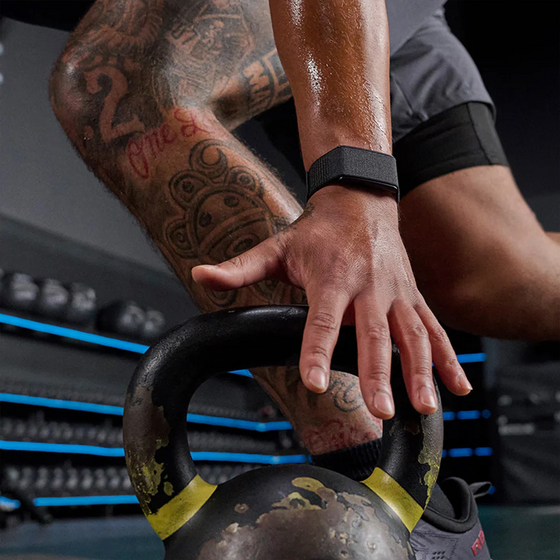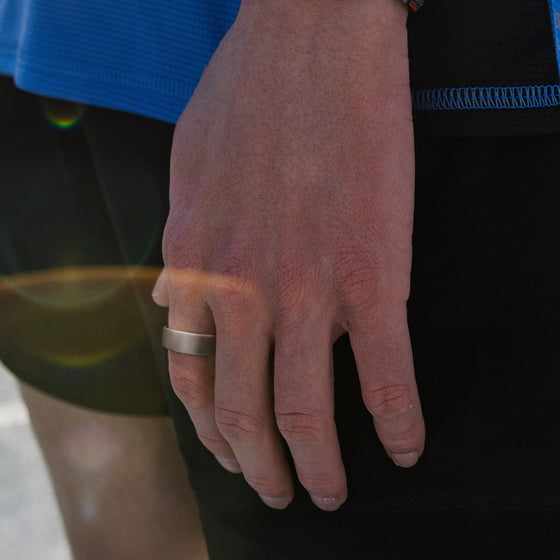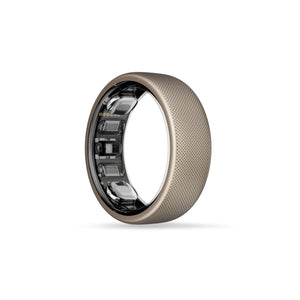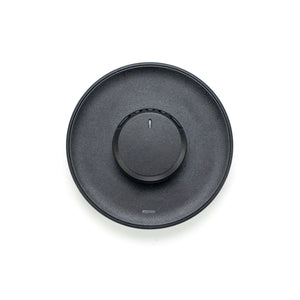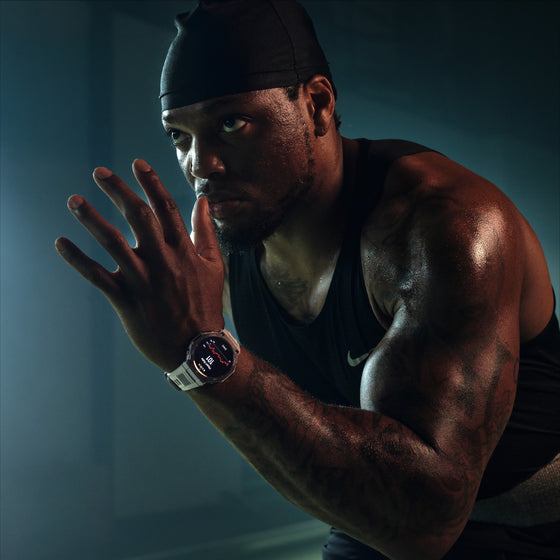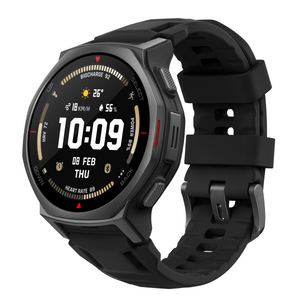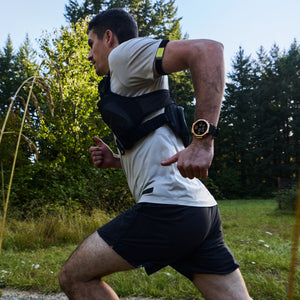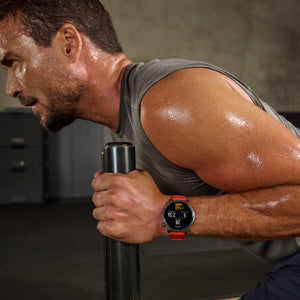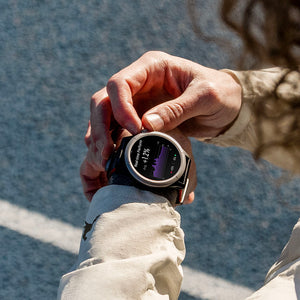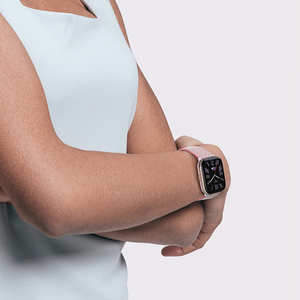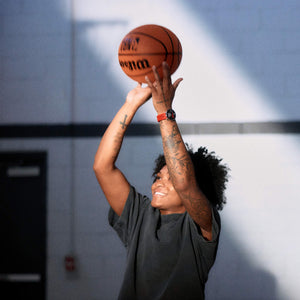Jakub Szczesny suffers from a number of respiratory conditions, and health metrics like blood oxygen saturation can help him better understand and navigate his diagnoses and daily life. He shared his experience with the Amazfit GTR 3 Pro and its health monitoring features, and discovered its ability to efficiently and accurately measure his SpO2. This article was originally published in Polish in https://antyweb.pl/.
@JAKUB SZCZĘSNY 11 May 2022
I'll never be a sprinter because my lungs prevent it. I have been diagnosed with both asthma and Alpha-1 antitrypsin deficiency, also known as A1AT. These diagnoses are not life-threatening now but could be in the future. A1AT deficiency is a genetic disease that can cause lung damage, which may require me to have a lung transplant or possibly live on an artificial lung that has a life expectancy of merely 2 years. These two illnesses are why I became keenly interested in saturation measurements in bands and watches.
At home, I have a pulse oximeter, which is an extremely important device in my case as I have previously experienced desaturations, which are episodes of a decrease in saturation below 90%, with accompanying shortness of breath. It is not uncommon for desaturation to take place without a feeling of shortness of breath, but shortness of breath is a subjective symptom. Even if you don’t experience the feeling of suffocation, the desaturation may have still occurred.
Some time ago, I started feeling worse. I was always either nervous or sleepy even though I slept these "obligatory" 8 hours. With the Mi Band 6, and now the tested Amazfit GTR3 Pro watch, I set up more frequent automatic blood saturation readings, which are measured when not in motion. And neither the band, nor such a watch, will reliably measure saturation in a situation where the device does not fit snugly to the body. For the best possible measurements, you need to place the equipment at the width of the index finger from the wrist deep into the forearm.
Does the wristband/watch accurately measure blood saturation?
The measurement of SpO2 in a wristband or watch can be more or less reliable due to the above-mentioned conditions and this process will not take place during motion. The light from the sensor must bounce off the radial bone and go back to the sensor; this will assess saturation based on the amount of light passed. Such a technique will always be less reliable than the passage of infrared light through the finger and the reading of the result by a specialized sensor. However, under normal conditions, the measurements from the Amazfit GTR3 Pro were consistent with those from the pulse oximeter with an accuracy of +/- two percent. Mi Band 6 was able to show completely identical results for no apparent reason, although it sometimes showed an indication with an error of 3 percent, but much less often than Amazfit.
Looking through the saturation measurements at night, I noticed that it could drop to about 81-85%, which is quite weak. This led me to suspect obstructive sleep apnea, which without polysomnographic examination, is still undiagnosed. Unfortunately, I snore and may stop breathing at some point, which causes a violent desaturation.
While wearing the GTR3 Pro and doing simple tasks like typing on the computer, I am able to measure my SpO2. I started receiving notifications about low saturation during the day when the measurement stayed below 90 for more than 10 minutes. Unfortunately, the notification proceeded most often (although not always) with shortness of breath where you feel like you are breathing, but ineffectively with an acceleration of breathing as if you were about to suffocate. This can cause dizziness and there may be scotomas in front of the eyes which is an unpleasant condition. And what's worse, Ventolindid not help at all. In the meantime, the doctor added Encorton With no great improvement, I received a referral as a matter of urgency to the Lung Disease Treatment Clinic. Previously, in the office, I had a saturation of 90%. The doctor was a bit surprised that I was not particularly weak at all.

Here, out of curiosity, we checked the indication with the doctor. The pulse oximeter said "90", the GTR3 Pro said "88".
Another spirometry and diastolic test said clearly: “the response to the bronchodilator is – FEV1" meaning that the increased first-second expiratory volume after administration of the drug improved significantly. Unfortunately, I have irreversible obstruction, though it does not meet the criteria of chronic obstructive pulmonary disease and there is not much of a solution . In the next steps of my therapeutic path in the clinic, we checked whether this diagnosis is related to obstruction fixed by asthma, or whether it is already the effect of A1AT deficiency, where the lungs are destroyed in the autoimmune process.
Thus, I learned that I have a strong asthma exacerbation and falling parameters in spirometry. I decided that I would leave my current doctor, to whom I went privately, and I would put myself in the hands of specialists who in one day performed the planned tests and made a verdict. While we wait for further results of the reaction to allergens with IgE, I am for now diagnosed with an unspecified type of J45 (bronchial asthma).
I was prescribed new steroids in addition to the ones I had been taking so far to reduce inflammation in the body which I take by inhaler. So far, I have not noticed daytime desaturations - unfortunately, at night there are such episodes, but I have another referral, this time to the Sleep Treatment Clinic.

I haven't slept here yet. I felt normal at the time, hence I checked on a wristband and pulse oximeter which read ‘88’
The wristband and watch won't show you exactly, but they may get your attention
Not yet, but one day it will certainly come to the point that the indications will be accurate, and you will be able to rely on them wonderfully. We have already come quite a long way in this regard. Both the band and the watch, especially with a large desaturation, are unreliable, with error margins being even larger than 5%, but they can draw your attention to the fact that something is wrong.
It is important to utilize this feature as desaturation leads to excessive load on internal organs and can cause subsequent diseases. I am less than 30 years old and am being treated to live in relatively comfortable conditions. I will not thank the wristband and the watch for their accuracy, but at least for paying attention. However, I am glad that the Amazfit GTR3 Pro efficiently and quite accurately measured SpO2. The Amazfit GTR 3 Pro is the perfect smartwatch for people who want to take more care of their health.
